Want to supercharge your Chase Ultimate Rewards balance? These are the top 5 cards to get
Editor’s note: This is a recurring post, regularly updated with new information and offers.
Chase Ultimate Rewards points have long boasted one of our highest valuations, as you can redeem this transferable loyalty currency with 14 valuable travel partners, including Hyatt, Southwest and United.
According to TPG valuations, the Chase Sapphire Preferred® and Chase Sapphire Reserve’s® sign-up bonuses currently offer up to $1,538 in value, so there’s good reason to be interested in this rewards program.
In this post, we’ll go over the top five cards to consider if you’d like to boost your account balance as you look toward your next trip.
Related: 6 easy strategies I use to earn over 500,000 points and miles a year
Chase Sapphire Preferred Card
The Chase Sapphire Preferred Card is a popular mid-tier travel rewards card.
Best for: Most travelers, thanks to a reasonable $95 annual fee and a terrific sign-up bonus.
Earning rate: 5 points per dollar on all travel purchased through Chase Travel℠ and Lyft rides (through March 2025), 3 points on dining, including eligible delivery services, takeout and dining out, 3 points on select streaming services, 3 points on online grocery purchases (excluding Target, Walmart and wholesale clubs), 2 points on all other travel and 1 point on all other purchases
Sign-up bonus: Earn 75,000 bonus points after you spend $4,000 on purchases in the first three months from account opening. This bonus is worth up to $1,538, according to TPG valuations.
Annual fee: $95
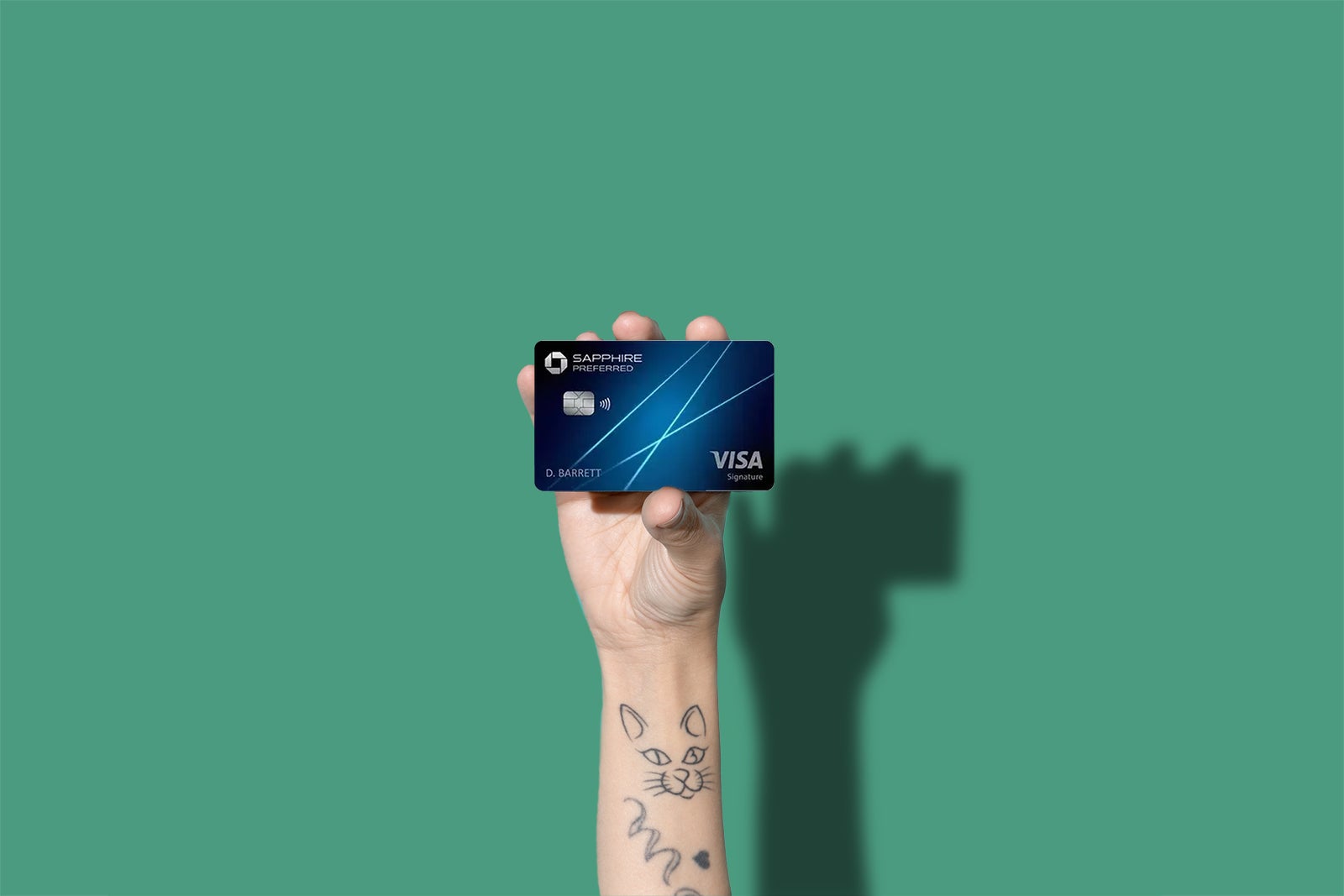
Why we like it: The Chase Sapphire Preferred nabs the top spot on this list, as it offers one of the best sign-up bonuses of any personal Chase card out there. This card has endless award travel opportunities; for example, you can use your points to book any travel through Chase Travel at a 25% point redemption boost (or 1.25 cents each). To squeeze more value, transfer your points to Chase’s loyalty partners to land that dream business-class flight.
You’ll also earn 2 points per dollar on travel and 3 points on dining. While dining is fairly straightforward, Chase counts many purchases as travel spending, from airfare and hotel stays to Uber rides and parking fees.
To learn more, read our full review of the Chase Sapphire Preferred.
Related: Who should (and shouldn’t) get the Chase Sapphire Preferred?
Chase Sapphire Reserve
The Chase Sapphire Reserve is Chase’s top general travel rewards card.
Best for: Getting the maximum return on travel and dining purchases and enjoying extra perks (such as a $300 annual travel credit) worthy of a $550 annual fee.
Earning rate: 10 points per dollar on Lyft (through March 2025), 3 points on travel and dining and 1 point on everything else
Sign-up bonus: Earn 75,000 bonus points after you spend $4,000 on purchases in the first three months from account opening, worth up to $1,538, according to TPG valuations.
Annual fee: $550

Why we like it: The Chase Sapphire Reserve card has the most generous ongoing rewards rate for travel and dining purchases. Based on TPG’s valuations, 3 points equals just over 6% return.
Regarding points-earning potential, the Reserve is the clear winner between the Sapphire Preferred and the Sapphire Reserve. Your points are worth 1.5 cents each when booking travel through Chase Travel. However, the Preferred is still a great choice if you don’t want to pay the $550 annual fee.
To learn more, read our full review of the Chase Sapphire Reserve.
Related: Is the Chase Sapphire Reserve worth the annual fee?
Chase Freedom Flex
The Chase Freedom Flex℠ is a popular cash-back rewards card.
Best for: Quarterly bonus category spending that pairs well with another Ultimate Rewards card.
Earning rate: 5% on up to $1,500 in bonus categories each quarter you activate, 5% on travel purchased through Chase Travel, 3% on dining and drugstores and 1% on everything else
Sign-up bonus: Earn $200 cash back after you spend $500 on purchases in the first three months from account opening.
Annual fee: $0
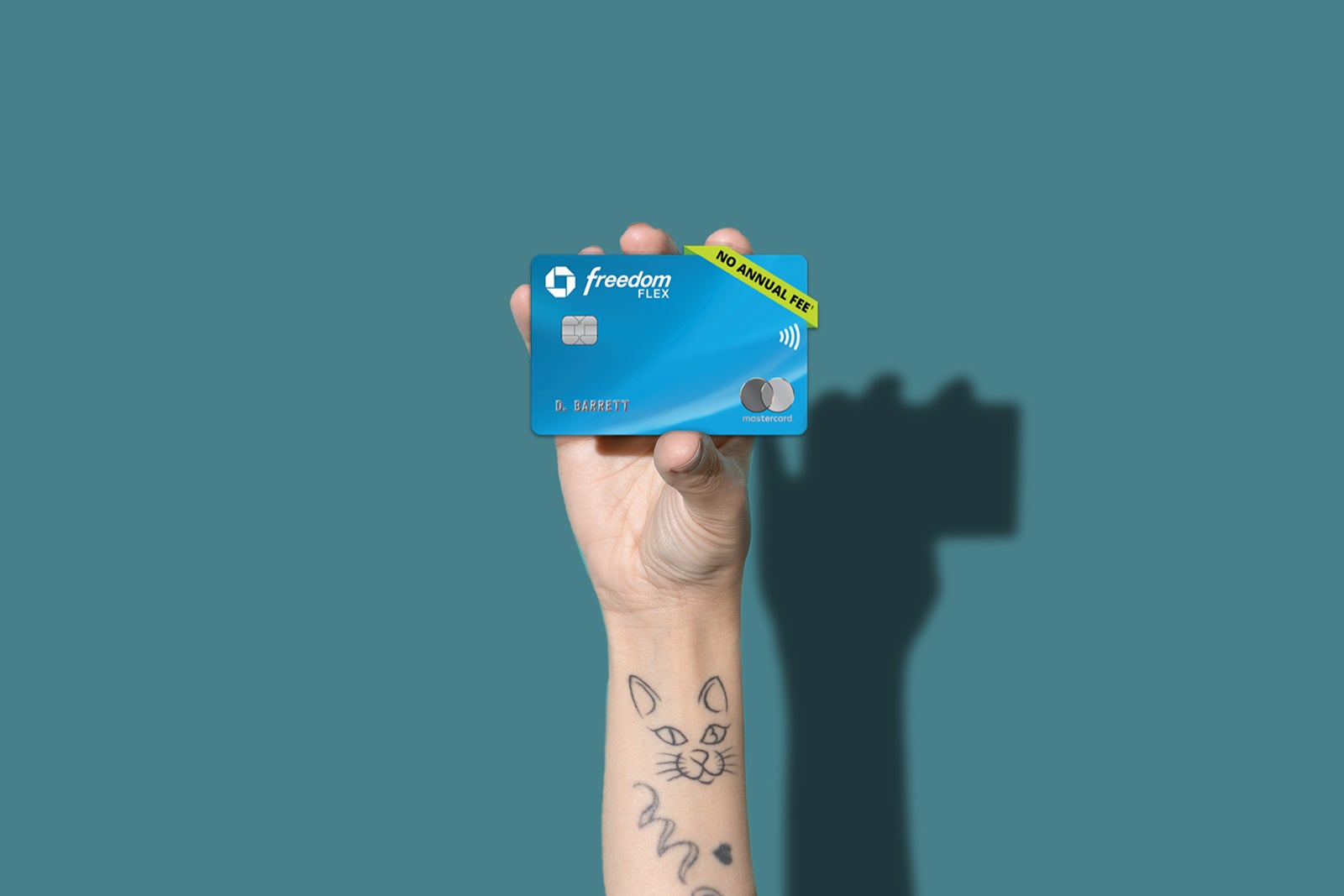
Why we like it: The Chase Freedom Flex is a strong rewards card with solid earnings in multiple categories. If you hold the Sapphire Reserve, Sapphire Preferred or the Ink Business Preferred® Credit Card, you can pool your rewards together as Ultimate Rewards points to help you reach that dream trip even faster.
If you max out your purchases in each quarter’s eligible 5% bonus categories, you will earn 30,000 Ultimate Rewards points each year — worth $615 based on TPG’s valuations.
The $200 sign-up bonus is equivalent to earning 20,000 points, so opening this card is an easy way to boost your balance of Ultimate Rewards points quickly.
To learn more, read our full review of the Chase Freedom Flex.
Related: Why I got the Chase Freedom Flex and how I’m getting max cash back this quarter
Chase Freedom Unlimited
The Chase Freedom Unlimited® is another popular cash back rewards card.
Best for: All other non-rotating category spending that pairs well with another Ultimate Rewards card.
Earning rate: 5% on travel purchased through Chase Travel, 3% on dining and drugstores and 1.5% on everything else
Sign-up bonus: Earn an additional 1.5% cash back on all purchases (up to $20,000 spent in the first year).
Annual fee: $0
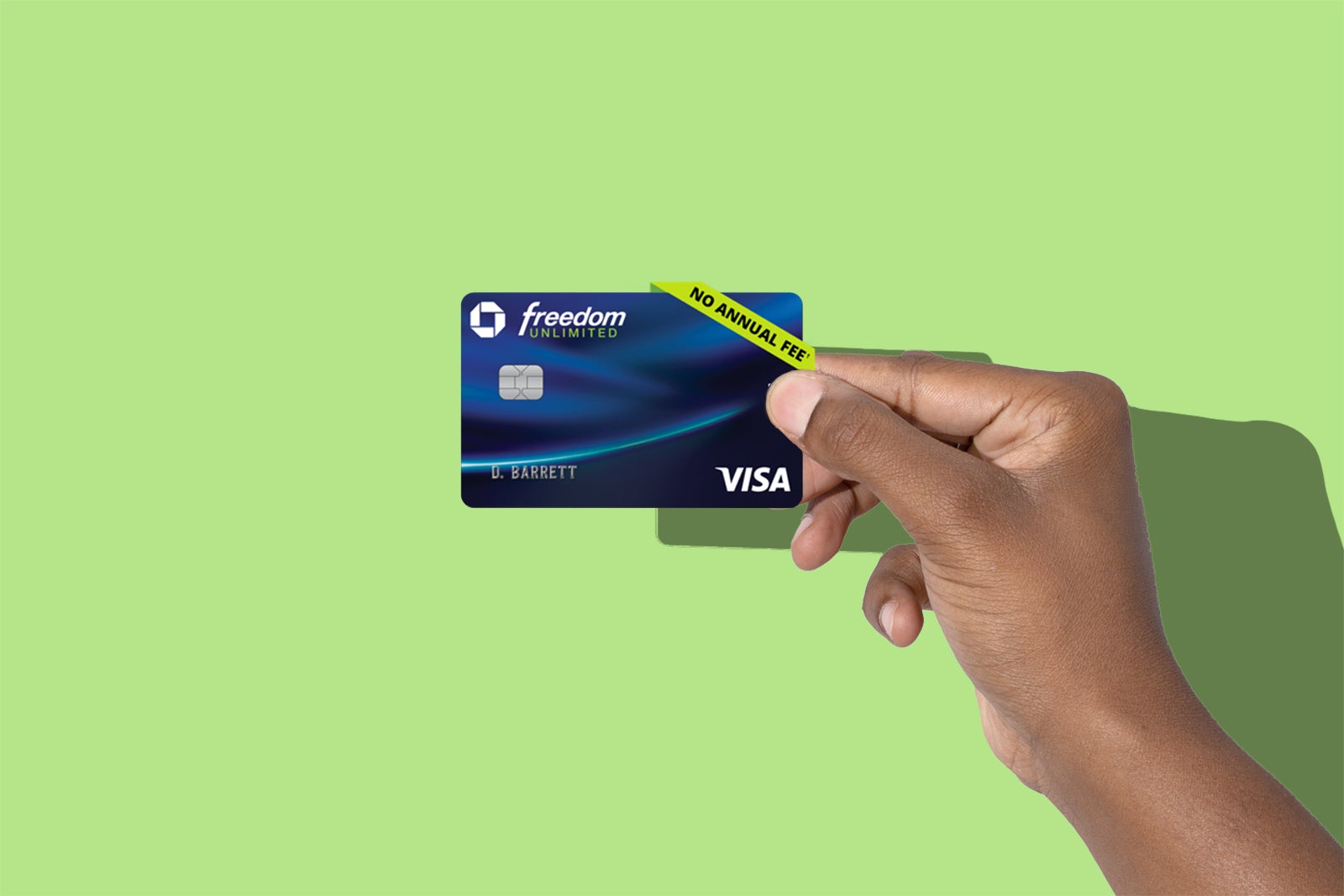
Why we like it: Not to be confused with the Freedom Flex, the Chase Freedom Unlimited has a much simpler earning scheme. You’ll earn 5% back on travel through Chase Travel, 3% on dining and drugstores and a flat 1.5% back on all other purchases.
For common non-category expenses, from medical bills to haircuts, rest assured that you’ll earn 1.5% back. The Freedom Unlimited’s cash-back rewards can also be transferred to another Ultimate Rewards card to be used as points for travel.
To learn more, read our full review of the Freedom Unlimited.
Related: The power of the Chase Trifecta: Sapphire Reserve, Ink Preferred and Freedom Unlimited
Ink Business Preferred Credit Card
The Ink Business Preferred is one of Chase’s best-value business cards.
Best for: Business spending at office supply stores, advertising, utilities and travel.
Earning rate: 3 points per dollar on the first $150,000 spent on combined travel, shipping purchases, advertising purchases with social media sites and search engines and internet, cable and phone services each account anniversary year, 1 point on everything else
Sign-up bonus: 100,000 bonus points after you spend $8,000 on purchases in the first three months after account opening. Based on TPG’s valuations, 100,000 Ultimate Rewards points are worth up to $2,050.
Annual fee: $95
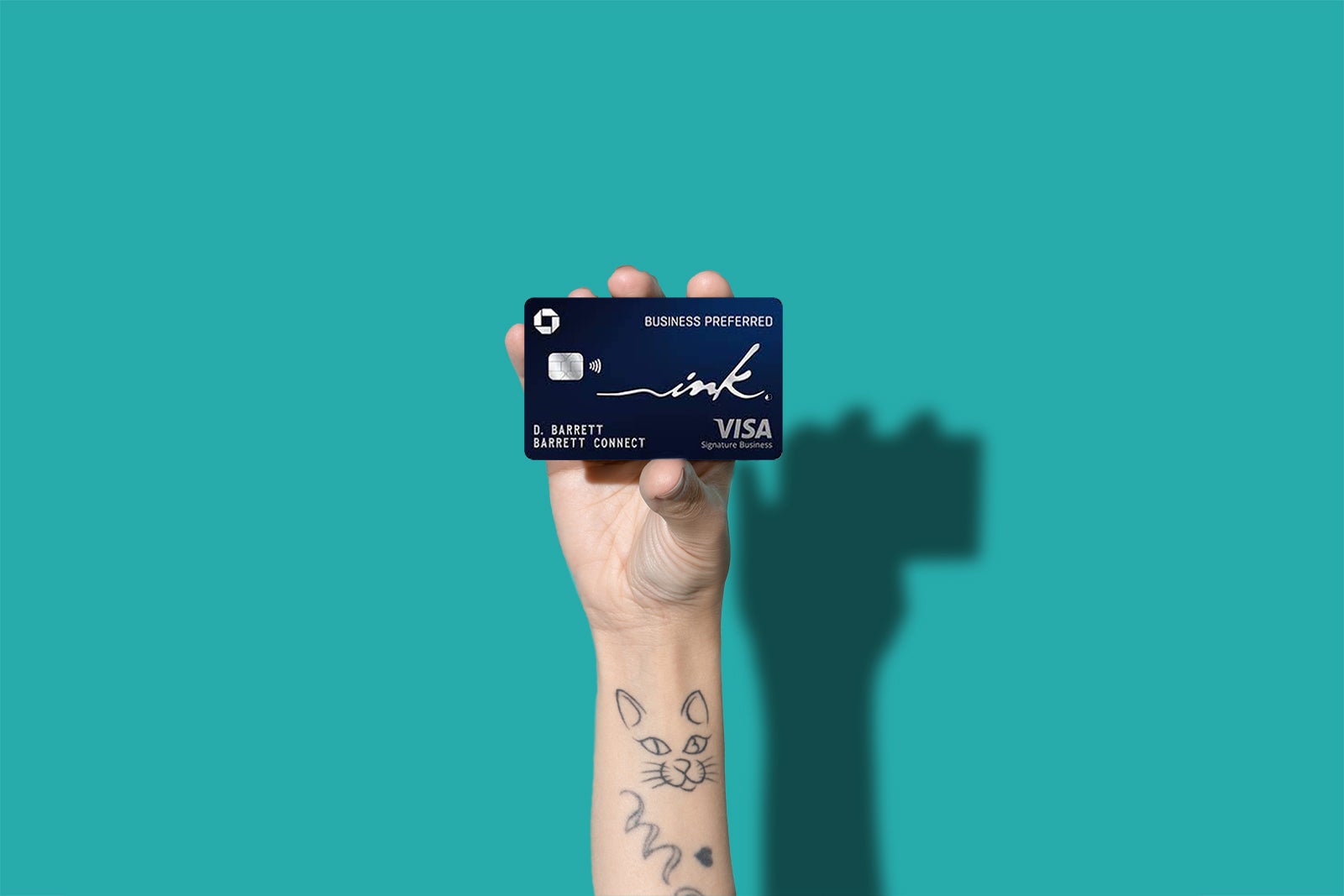
Why we like it: Whether you’re a business owner, freelancer or other sole proprietor, consider applying for the Chase Ink Business Preferred card. With the highest sign-up bonus of any Chase Ultimate Rewards card (both personal and business), this could be a great card for earning an enormous number of points. Like the Sapphire Preferred, the Ink Business Preferred offers a 25% point redemption boost when booking travel through Chase Travel.
Make sure you can maximize this card’s bonus categories, as you’ll earn 3 points per dollar. Before you pull the trigger and sign up for this card, remember that there’s an $8,000 spending requirement in the first three months to earn this sign-up bonus. If you’re a business owner with smaller expenses, you can opt for one of Chase’s no-annual-fee business cards instead.
To learn more, read our full review of the Ink Business Preferred.
Related: 5 reasons to get the Ink Business Preferred card
Chase credit card application restrictions
Before you apply for all of the Chase cards listed above, be sure to take note of Chase’s 5/24 rule. This basically states that you’ll be denied any Chase card if you’ve opened five or more credit cards (from any issuer) in the last 24 months. Note that opening a Chase business card shouldn’t add to your 5/24 standing, but you’ll generally need to be below 5/24 to qualify for most Chase business cards.
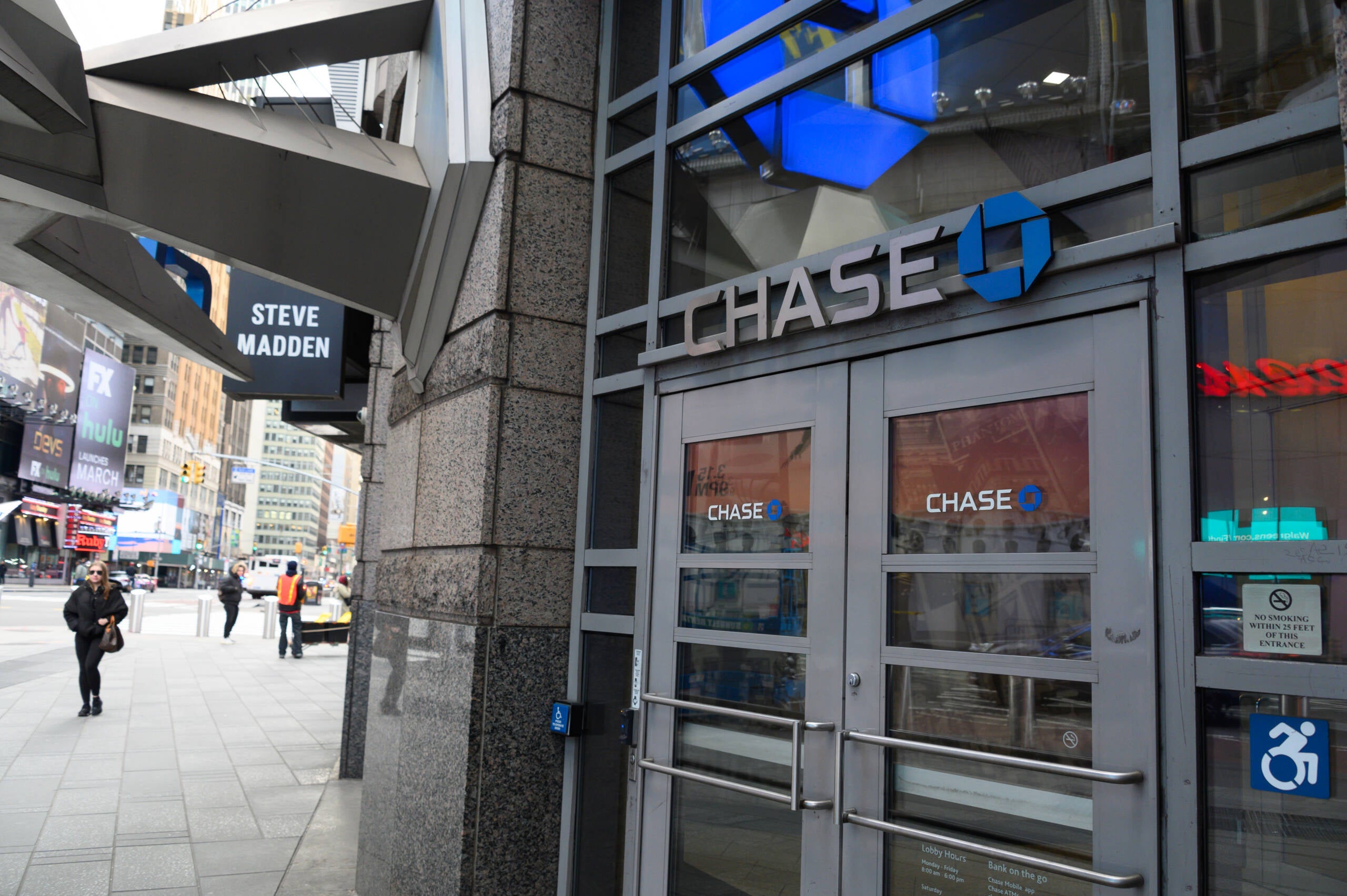
Additionally, there are sign-up bonus restrictions on the Sapphire and Freedom cards.
In short, you won’t receive a sign-up bonus if you’re a current Sapphire cardmember or have received a sign-up bonus from a Sapphire card in the past 48 months. This means you can’t own the Preferred right now and also get the bonus from the Reserve.
For the Freedom cards, you can’t currently hold the card you want to get a sign-up bonus for, and you can’t have received that card’s sign-up bonus in the past 24 months.
It’s important to remember these restrictions when building your credit card portfolio — you’ll want to be strategic about which card you open first.
Related: The ultimate guide to credit card application restrictions
Bottom line
If earning Ultimate Rewards points is a key part of your points and miles strategy, these are our top five options for accumulating a large stash of rewards. Knowing when to use which card will ensure that you’re maximizing your earnings. Finally, if you earn a card’s sign-up bonus, you’ll be starting off strong with tons of rewards for your travels.
Apply here: Chase Sapphire Preferred
Apply here: Chase Sapphire Reserve
Apply here: Chase Freedom Flex
Apply here: Chase Freedom Unlimited
Apply here: Chase Ink Business Preferred
Related: The best Chase cards






